Bearded dragons have become beloved exotic pets for many reptile enthusiasts, known for their docile nature and distinctive appearance. While these fascinating lizards are relatively low-maintenance compared to many pets, proper grooming remains an essential aspect of their care regimen. Regular grooming not only keeps your bearded dragon looking its best but also plays a crucial role in monitoring their health and preventing potential issues. From bathing techniques to nail trimming and scale care, mastering the art of bearded dragon grooming ensures your scaly friend remains comfortable, healthy, and happy throughout their lifespan of 8-12 years. This comprehensive guide will walk you through everything you need to know about proper bearded dragon grooming, providing expert advice for both new and experienced owners.
Understanding Your Bearded Dragon’s Natural Grooming Needs

In the wild, bearded dragons maintain their hygiene through natural behaviors and environmental interactions. These desert-dwelling reptiles from Australia typically clean themselves by rubbing against rough surfaces to remove loose skin during shedding periods. They also utilize dust baths to manage parasites and excess oils, a behavior that’s instinctual and serves multiple purposes in their natural habitat. Water sources in their native environment, though scarce, provide occasional opportunities for hydration and cleansing. Understanding these natural behaviors helps us replicate appropriate grooming conditions in captivity. While captive bearded dragons benefit from additional human assistance with grooming, it’s important to work with their natural tendencies rather than against them.
Essential Grooming Supplies for Bearded Dragon Care
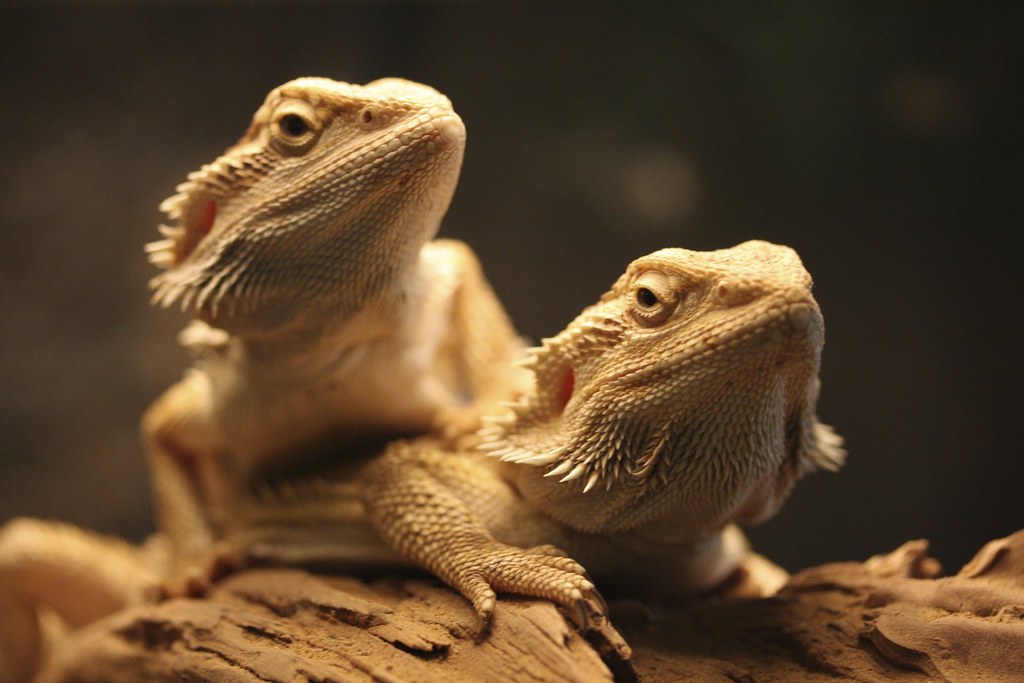
Assembling the right grooming toolkit is fundamental to providing proper care for your bearded dragon. Start with a shallow bathing container that allows your dragon to soak comfortably without feeling overwhelmed – a plastic storage container or specialized reptile bath works well. Small, soft-bristled toothbrushes are excellent for gentle scale cleaning, while specialized reptile nail clippers are essential for safe claw maintenance. Keep a supply of soft microfiber towels for drying your pet after baths, as they’re gentle on sensitive scales. Additional useful items include a spray bottle for misting, reptile-safe shed-aid products for difficult shedding periods, and a reptile-safe disinfectant for cleaning grooming tools between uses. Remember that quality matters when selecting these supplies, as improper tools can potentially harm your pet’s delicate skin and scales.
Bathing Basics: Frequency and Technique
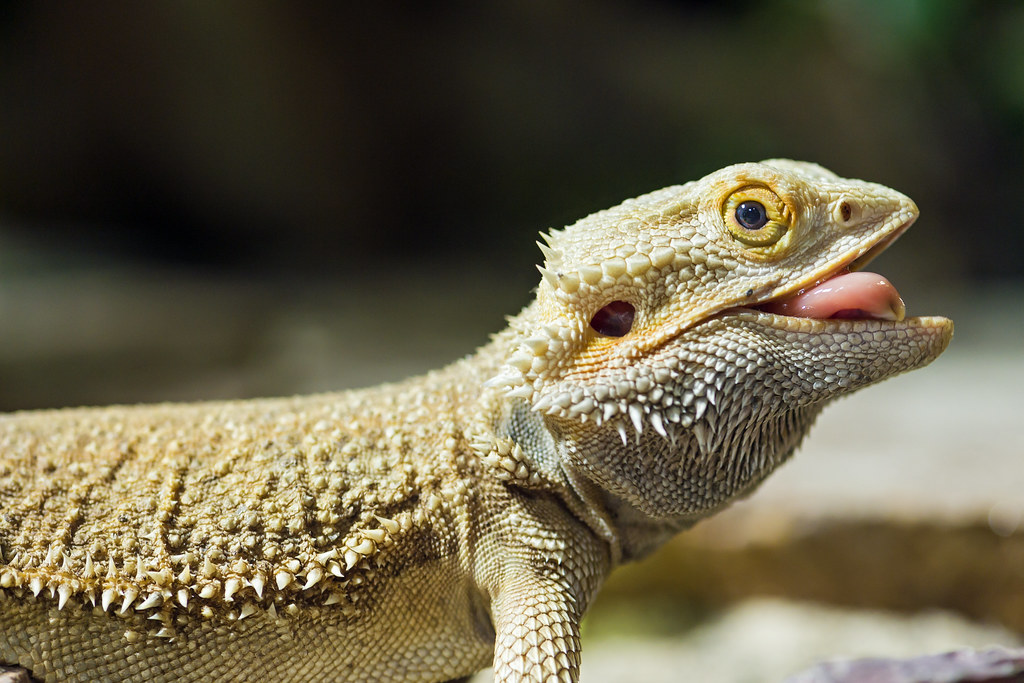
Establishing a proper bathing routine is crucial for maintaining your bearded dragon’s hygiene and health. Most adult bearded dragons benefit from bathing once or twice weekly, though this frequency may increase during shedding periods when additional moisture helps facilitate the process. Always use lukewarm water (95-100°F/35-38°C) for bathing, as temperatures that are too hot or cold can stress your reptile or potentially cause thermal shock. The water level should be shallow, reaching only to your dragon’s shoulders or lower to prevent respiratory issues while allowing them to soak comfortably. During bath time, monitor your pet constantly, never leaving them unattended as even these semi-desert reptiles can potentially drown in shallow water. Some bearded dragons may appear nervous during initial baths, but many come to enjoy this routine with consistent, gentle handling and positive experiences.
Proper Scale and Skin Care
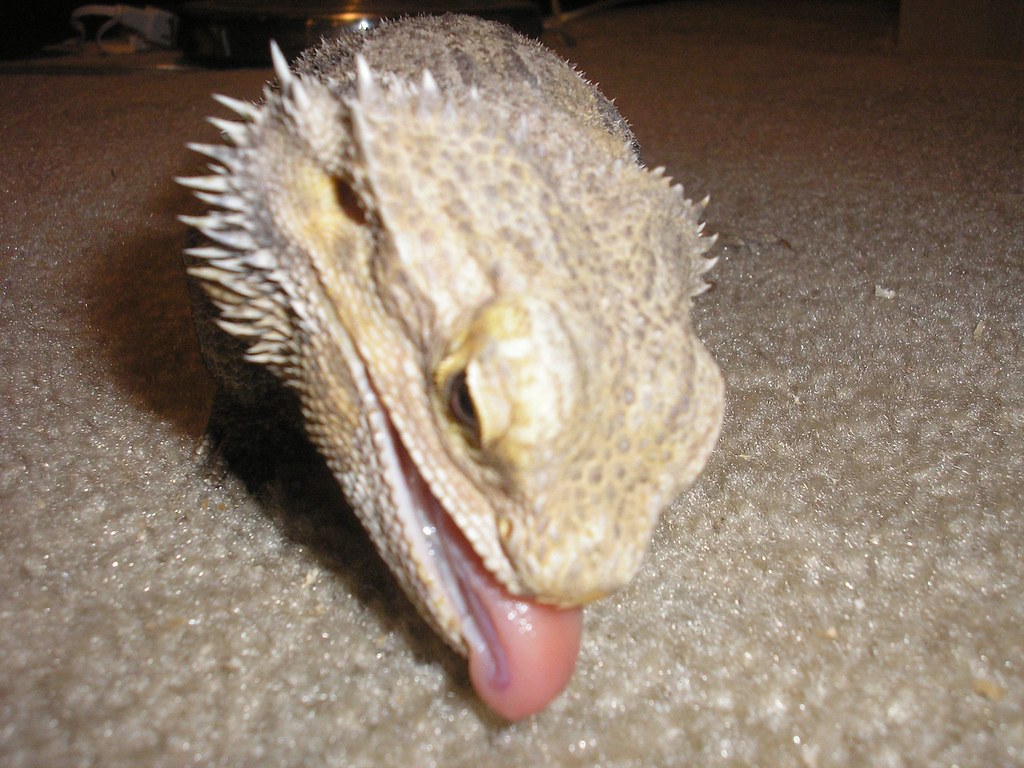
Healthy scales are vital indicators of your bearded dragon’s overall wellbeing, requiring attention during grooming sessions. Inspect your dragon’s scales regularly for discoloration, damage, or unusual texture changes that might indicate health concerns such as fungal infections or parasites. For routine cleaning, gently brush your dragon’s scales with a soft toothbrush during or after bath time, paying particular attention to areas that collect debris such as the chin spikes (beard) and limb joints. If you notice stuck shed or particularly dirty areas, a gentle circular motion with the brush often helps remove debris without causing stress or discomfort. While specialized scale conditioners exist on the market, most healthy bearded dragons don’t require these products unless specifically recommended by a reptile veterinarian. Remember that a dragon’s scales should appear vibrant and uniform in color, with any significant changes potentially warranting professional veterinary assessment.
Managing the Shedding Process

Shedding is a natural process for bearded dragons that requires special grooming consideration and sometimes assistance. Unlike snakes that shed in one piece, bearded dragons shed in patches over days or weeks, with younger dragons shedding more frequently than adults due to their rapid growth. During shedding periods, increase bathing frequency to 3-4 times weekly, as the additional moisture helps soften the old skin and facilitates easier removal. Never forcibly pull or peel loose skin, as this can damage the new scales underneath and potentially cause infections. For stubborn shed, particularly around toes, tail tips, or the eyes, gentle brushing with a soft toothbrush after soaking often helps loosen the skin naturally. Commercial shed-aid products can be useful for difficult cases, but always follow the manufacturer’s instructions carefully and consult your veterinarian if shedding problems persist, as retained shed can lead to circulation issues, particularly in extremities.
Nail Trimming and Maintenance

Claw maintenance is perhaps the most technically challenging aspect of bearded dragon grooming but remains essential for their comfort and health. In captivity, bearded dragons often lack the rough surfaces that would naturally wear down their nails, making regular trimming necessary every 4-6 weeks for most individuals. Before trimming, examine your dragon’s claws carefully, noting the “quick” – the pinkish area containing blood vessels that should never be cut. Using specialized reptile nail clippers or small pet nail trimmers, cut just the sharp tip of each claw at a slight angle, staying well away from the quick to avoid painful bleeding. If accidental bleeding occurs, styptic powder can be applied to stop it quickly. For dragons extremely resistant to nail trimming, some owners find that a professional grooming session with an experienced reptile veterinarian is worth the investment, at least initially, to learn proper technique through demonstration. Regular handling of your dragon on textured surfaces like reptile carpet can also help naturally file nails between trimmings.
Beard and Femoral Pore Care
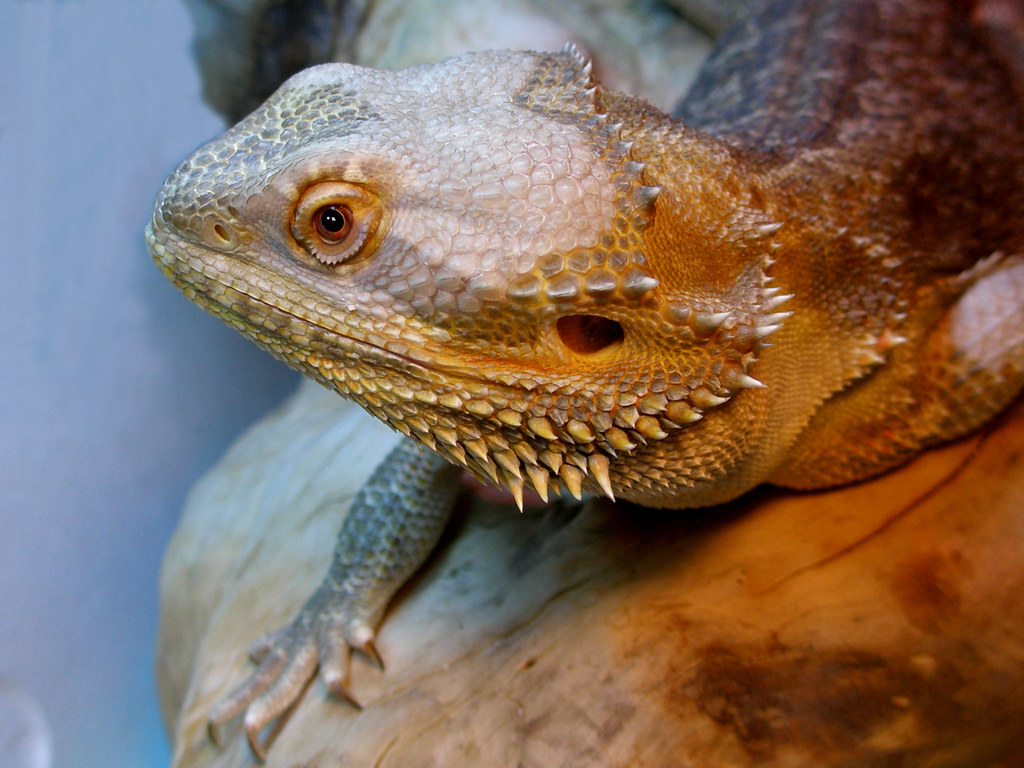
The distinctive beard and femoral pores of bearded dragons require specific attention during grooming sessions to prevent potential health issues. The beard (the spiky skin under the chin that can darken and expand) should be gently cleaned during baths, as food particles and substrate can become trapped in these folds. Femoral pores, located along the underside of the rear thighs, produce waxy secretions that can sometimes build up and cause blockages, particularly in male dragons. During regular grooming, examine these pores for excessive buildup, which appears as protruding, waxy plugs. For minor buildup, soaking in warm water followed by gentle brushing with a soft toothbrush is usually sufficient to keep pores clear. More significant blockages may require a specialized soak in a shallow bath with a few drops of mineral oil to help soften the material. Severely impacted pores that don’t respond to home treatment should be evaluated by a veterinarian, as surgical intervention may occasionally be necessary to prevent infection or discomfort.
Eye and Ear Cleaning Techniques
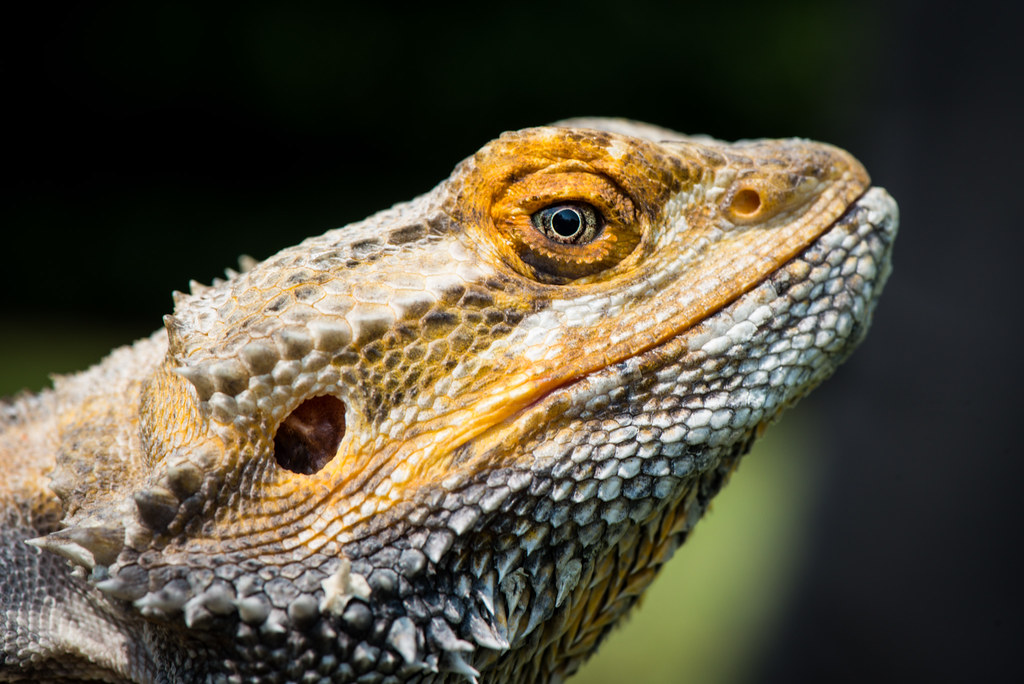
The sensory organs of bearded dragons benefit from gentle attention during grooming routines to prevent potential infections. For eye care, observe your dragon regularly for any discharge, swelling, or cloudiness that might indicate problems requiring veterinary attention. During normal grooming, you can gently wipe around (never directly on) the eyes with a clean, damp cotton swab if you notice any dust accumulation. Bearded dragons have visible ear openings on either side of their head that occasionally collect debris, particularly during shedding cycles. If you notice obvious accumulation in the ear openings, a gentle cleaning with a slightly moistened cotton swab around (never inside) the opening can help remove loose material. Never insert anything into the ear canal itself, as this can cause serious injury. Any persistent discharge, unusual coloration, or behavior changes like head tilting warrant immediate veterinary assessment, as these could indicate respiratory infections or other serious conditions affecting the ears or eyes.
Tail and Limb Special Considerations
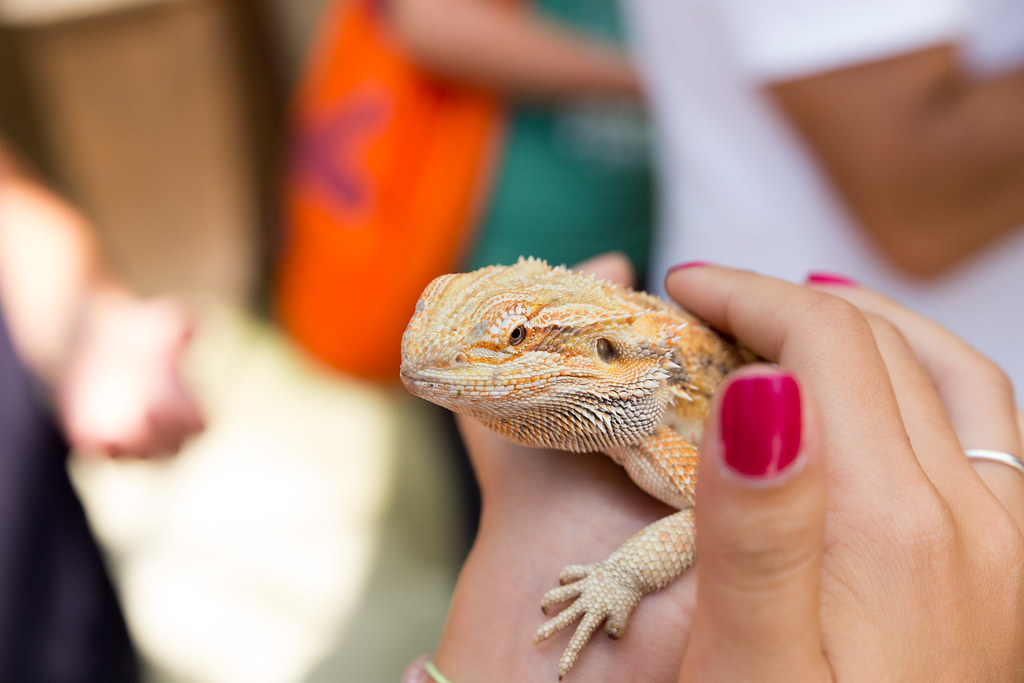
The extremities of your bearded dragon require particular attention during grooming sessions as they’re vulnerable to specific issues. The tail and limbs are common areas for stuck shed to occur, which can lead to constriction and circulation problems if not addressed. During baths, pay special attention to the toes, examining them carefully to ensure old skin isn’t wrapped around digits causing swelling or discoloration. The tail tip is another area where shed can accumulate, potentially leading to necrosis in severe cases if circulation becomes restricted. After bathing, gently pat these areas dry to prevent scale rot, particularly in the folds where limbs meet the body. If you notice any discoloration, swelling, or unusual texture on tails or limbs during grooming, consult a reptile veterinarian promptly. Some bearded dragons, particularly rescues or older animals, may have missing toes or tail tips from previous injuries or poor husbandry, which might require adjusted grooming approaches to avoid irritating sensitive areas.
Creating a Stress-Free Grooming Environment
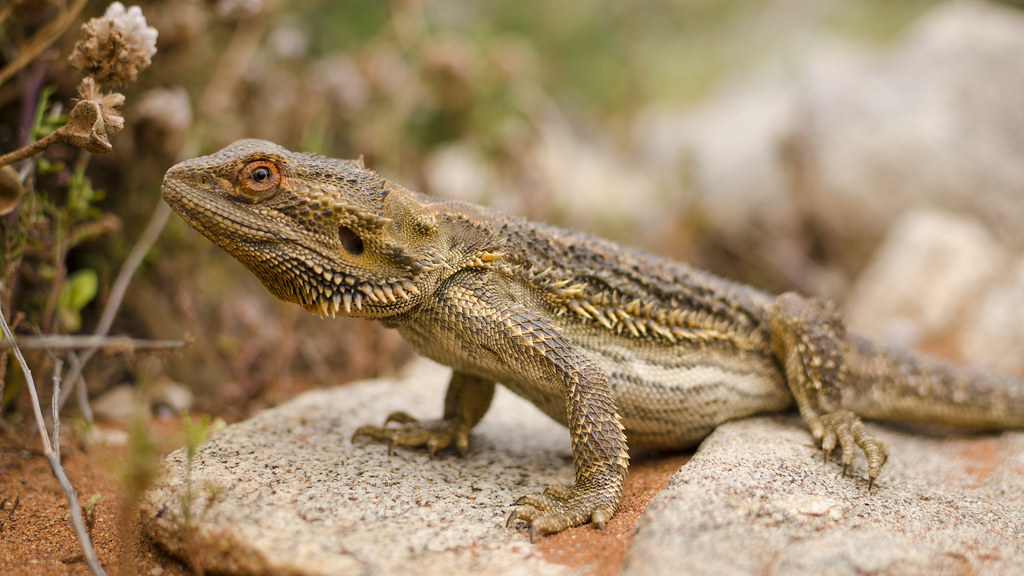
The psychological comfort of your bearded dragon during grooming sessions significantly impacts both their cooperation and overall well-being. Establish a consistent grooming location with appropriate temperature (around 80°F/27°C) to prevent stress from temperature fluctuations during longer grooming sessions. Before beginning, allow your dragon some time to acclimate to the environment, handling them gently and speaking in a calm, reassuring tone throughout the process. Pay attention to stress signals such as beard darkening, rapid breathing, or attempting to escape, which indicate your dragon needs a break from the current activity. Breaking grooming into shorter sessions can help minimize stress for particularly sensitive individuals or dragons new to handling. Some owners find that offering a favorite treat after grooming helps create positive associations, though food should never be given during bathing to prevent choking or water contamination. With consistency and patience, most bearded dragons become accustomed to regular grooming routines, sometimes even appearing to enjoy the additional attention and handling.
Seasonal Grooming Adjustments

Bearded dragon grooming requirements often fluctuate with seasonal changes, particularly for dragons kept in environments that mirror their natural annual cycles. During brumation periods (a hibernation-like state many dragons enter in winter months), your dragon’s activity level decreases significantly, often resulting in reduced shedding and slower nail growth that may require less frequent grooming attention. Conversely, breeding season typically brings increased activity and sometimes more aggressive behaviors that can lead to nail wear or minor scale damage requiring closer monitoring. Spring often triggers substantial shedding cycles as dragons emerge from brumation, necessitating more frequent bathing to facilitate the shedding process. Summer months, particularly in humid climates, may require additional attention to skin folds and beard areas to prevent fungal or bacterial growth in these moisture-trapping regions. By adjusting your grooming schedule to align with these natural cycles, you can provide more targeted care when your dragon needs specific attention while reducing unnecessary handling during rest periods.
Recognizing Health Issues During Grooming
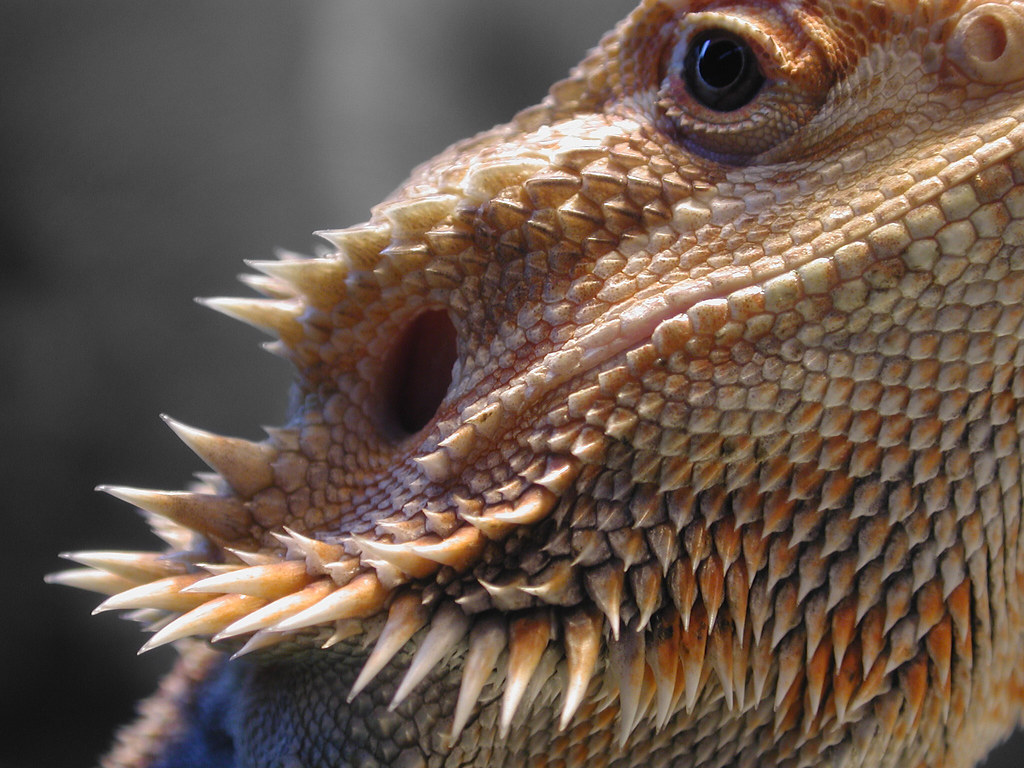
Regular grooming sessions provide excellent opportunities to perform health assessments that might identify potential problems before they become serious. During grooming, systematically check your dragon’s body for abnormalities such as unusual lumps, discolorations, swellings, or asymmetrical features that weren’t present previously. Monitor their weight consistency through regular handling, as sudden weight loss can indicate parasites or other health concerns. Pay attention to their mobility and comfort level during grooming, noting any flinching, favoring of limbs, or unusual stiffness that might suggest musculoskeletal issues. Skin problems often show early signs during grooming – patches of discoloration, unusual texture, or persistent difficulty shedding may indicate nutritional deficiencies or environmental issues requiring adjustment. Maintain a simple health journal noting observations during grooming sessions, which can provide valuable information for veterinary visits if health concerns arise. Remember that early detection of health issues significantly improves treatment outcomes, making your regular grooming routine an essential component of preventative healthcare.
Professional Grooming and Veterinary Care
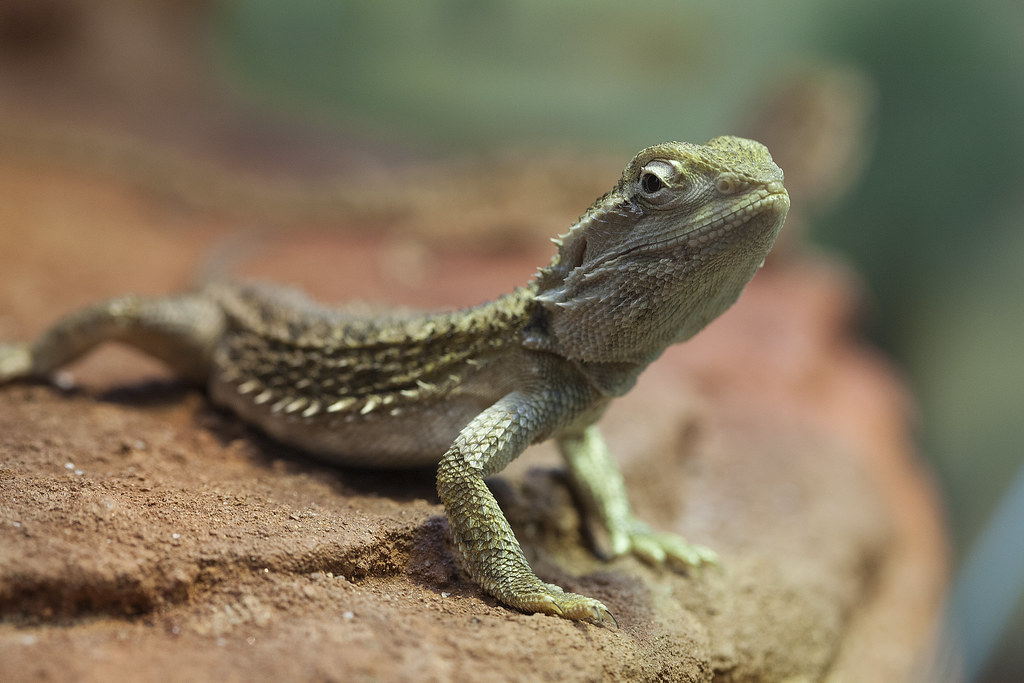
While routine grooming can be handled at home, certain situations warrant professional intervention from experienced reptile specialists. Consider scheduling an annual wellness exam with a reptile veterinarian that includes professional grooming for particularly challenging aspects like nail trimming or addressing severely impacted femoral pores. Veterinarians can demonstrate proper techniques for home grooming while addressing any specific needs your individual dragon might have due to age, morphology, or health conditions. For bearded dragons with special needs, such as those with mobility issues or deformities, professional guidance is especially valuable in developing modified grooming protocols that accommodate these challenges. Some exotic pet stores or reptile specialty shops offer professional grooming services that can be helpful for owners uncomfortable with certain procedures or for dragons that require multiple handlers for safe restraint during grooming. Establishing a relationship with a reptile-savvy veterinarian before emergencies arise ensures you have professional support available when unexpected grooming challenges or related health concerns develop.
Proper grooming is an integral component of responsible bearded dragon ownership, contributing significantly to their physical health and psychological well-being. By establishing consistent grooming routines tailored to your individual dragon’s needs, you create valuable opportunities for health monitoring while strengthening the bond between you and your reptilian companion. Remember that patience and gentle handling are key to successful grooming experiences, with each session building trust and familiarity. As you become more attuned to your bearded dragon’s unique characteristics through regular grooming interactions, you’ll develop an intuitive understanding of their normal appearance and behavior, allowing you to quickly identify potential concerns. With the knowledge and techniques outlined in this guide, you’re well-equipped to provide comprehensive grooming care that will help your bearded dragon thrive throughout their life as a cherished pet.







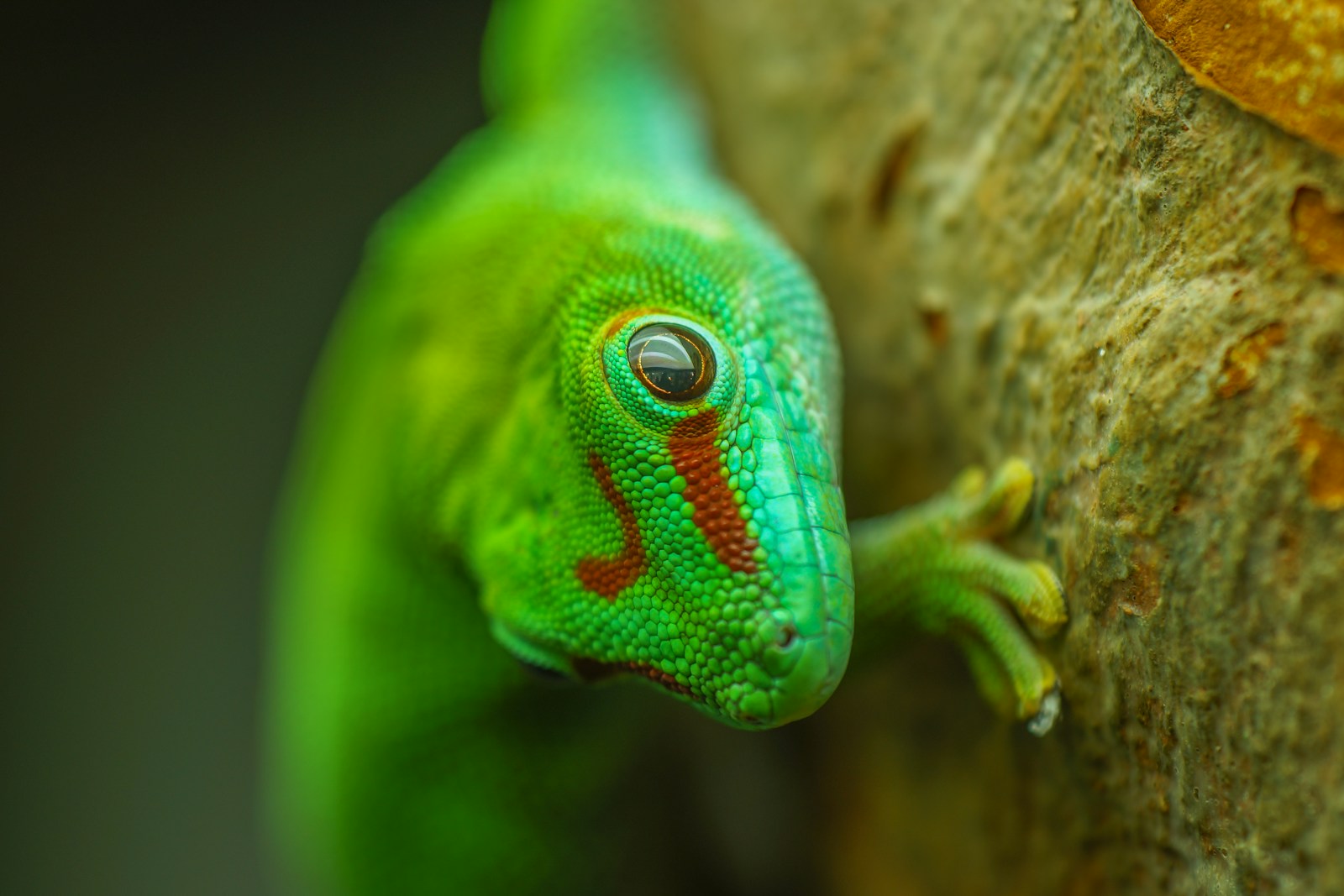
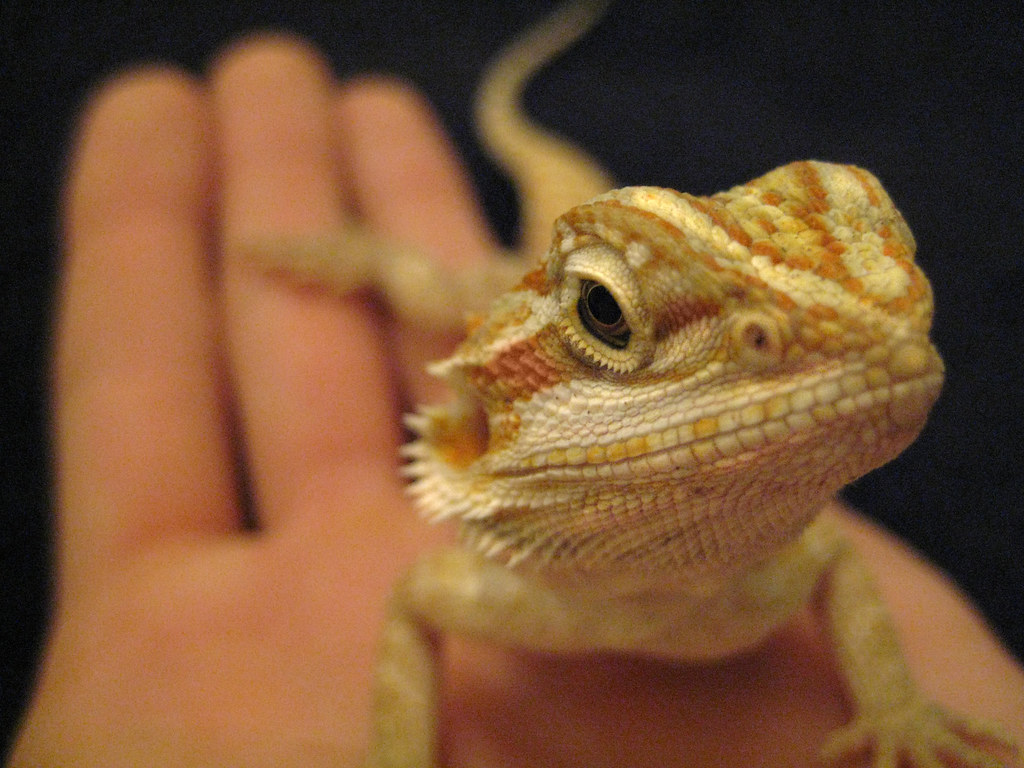


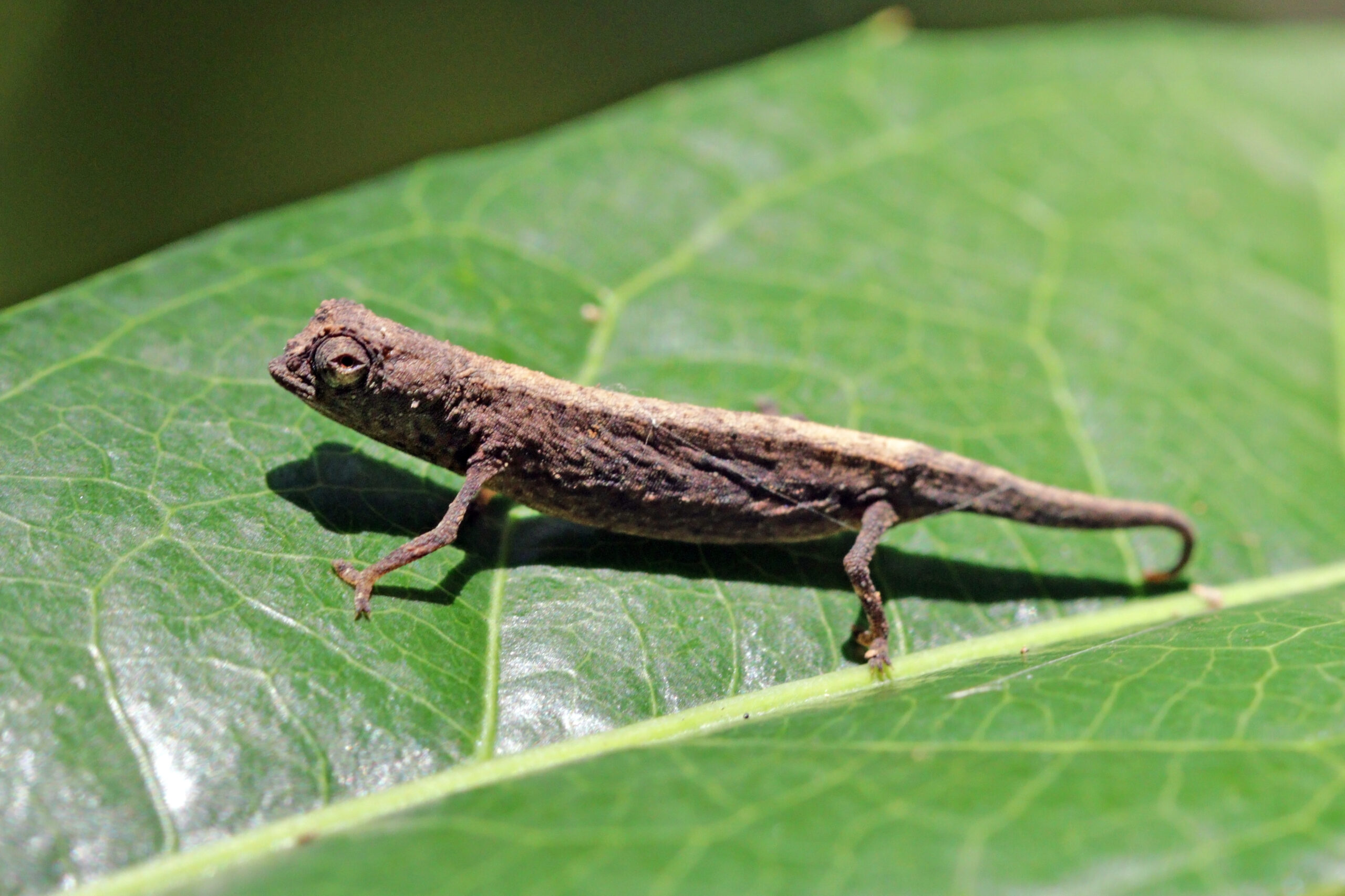




Leave a Reply